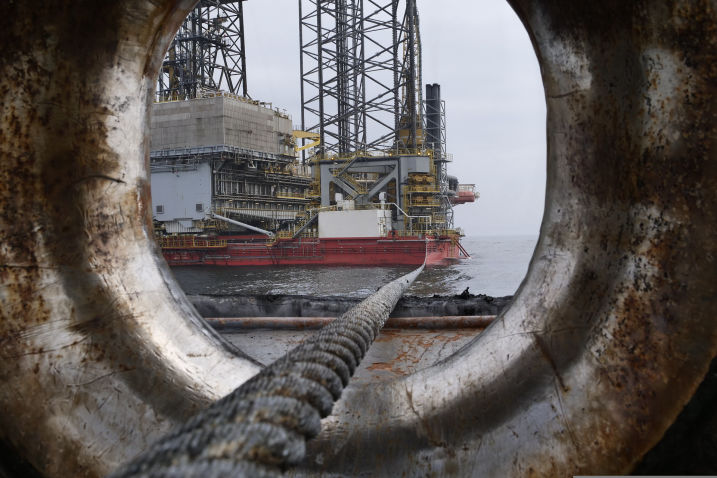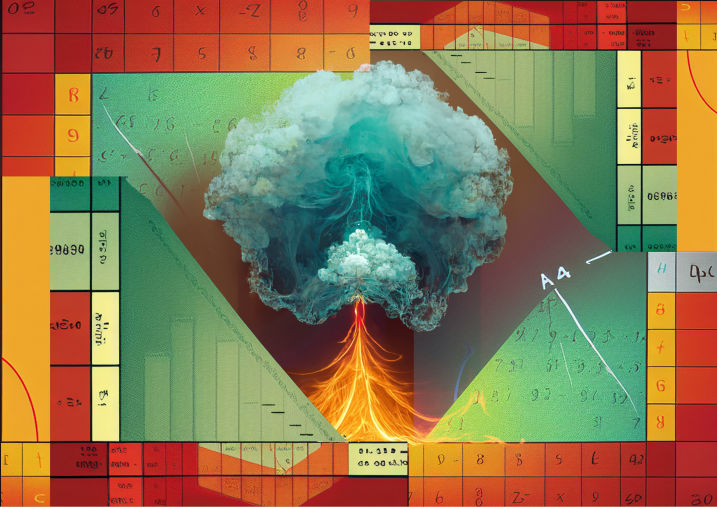What is a Risk-Based Inspection?
Risk Based Inspection (RBI) is a risk-based approach to planning plant inspections for optimum plant maintenance. It is a systematic technique focused at achieving optimum asset integrity management and system integrity. With RBI, there is the outlook for future savings in cost emanating from the optimal use of resources. Savings arise from modified/ reduced direct inspection costs.
What is the Risk-Based Inspection Process?
RBI Services
The effectiveness of the RBI program is dependent on the accuracy of the reliability analysis and risk assessment data used, as well as the RBI reviews and audits. It is now widely accepted that the traditional time-based approach to planned plant inspection by a competent person has a number of shortcomings. In particular, the use of fixed intervals between inspections may be too conservative and lack the freedom to benefit from good operating experience.

Good quality information and the correct interpretation of data are essential for the relative accuracy of RBI analyses. Central to valid RBI methods is the correct identification of damage mechanisms, failure modes and conditions that bring on deterioration. See also FMECA.
As part of our best practices for RBI programs, all plant maintenance data gathered will be subject to review and validation by our competent consultants nominated for a specific study before being established in the Data Manual for use.
Benefits of Risk-Based Inspections
Central to defining risk levels associated with the failure of a piece of equipment is determining the probability of failure and the consequences of failure of each identified item of mechanical equipment or piping that may lead to a critical event. Our RBI study methodology includes the consideration of the probability of failure and its consequences, usually in a probability-consequence matrix.
The risk ranking resulting from the probability-consequence matrix is thus used to prioritise and plan the Inspection of equipments within a process unit. As the risk ranking is a direct function of the active and potential damage mechanisms that can cause a release - and the damage rate associated with it - it follows that the plant inspection priorities are based on the specific risk of failure. See also reliability centred maintenance.
We use the information from the damage rate data and the value of the inspection to determine the period to the next risk-based inspection.
Contact Us
To discuss your challenges, please get in touch with us at enquiries@ep-consult.co.uk.








